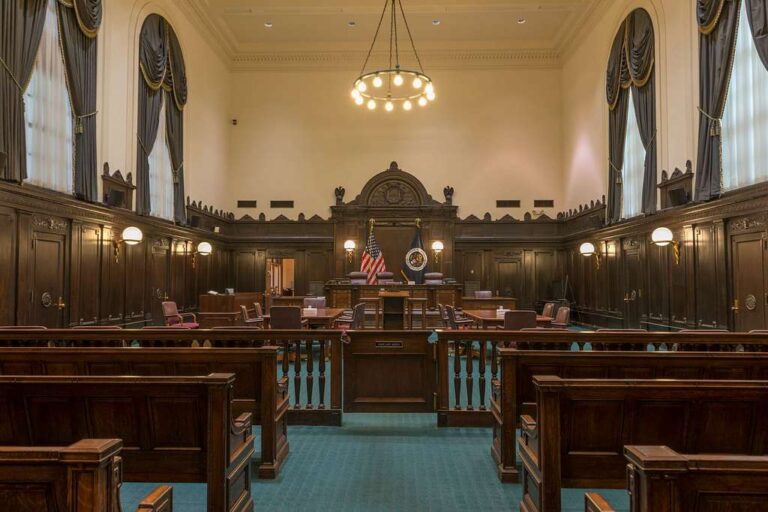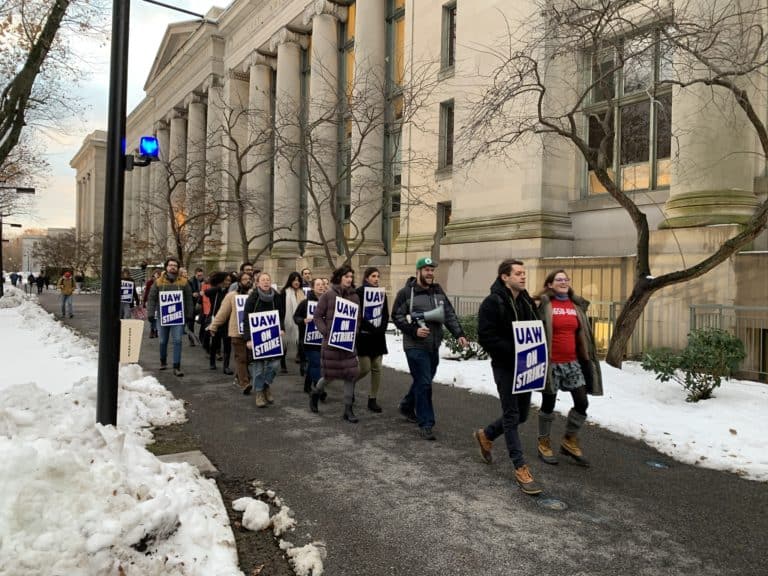In the run-up to yesterday’s election, the New York Times reported on the overwhelming popularity of minimum wage increases. Even in several solidly Republican states, these measures are “so overwhelmingly popular . . . that the opposition has hardly put up a fight.” The election bore out this optimistic forecast. Four states, Alaska, Arkansas, Nebraska, and South Dakota, approved increases to the minimum wage, while a fifth, Illinois, passed a nonbinding advisory measure in favor of an increase. The new state minimum wages ranged from $8.50 per hour in Arkansas and South Dakota to $9.75 per hour in Alaska, according to the Times. In Alaska and South Dakota, the wage will continue to rise with inflation. For additional reporting on these results, see Time and the Huffington Post.
Meanwhile, minimum wage increases also passed in some local elections. The San Francisco Chronicle reports that voters in San Francisco approved an increase to $15 per hour, joining Seattle as the cities with the highest wages in the nation. Across the bay in Oakland, voters approved a similar measure raising the minimum to $12.25 per hour.
The Huffington Post and the Boston Globe also report that Massachusetts voters have approved a measure giving the state “the nation’s strongest requirement for providing paid sick time to workers.” Under to the measure, “employers will have to provide their workers with one hour of paid sick time for every 30 hours they work, to be capped at 40 hours of leave for the year,” according to the Post.
Moving away from election news, the Atlantic features a story about National Nurses United, a California-based union that has grown substantially in recent years, even as union membership has continued to decline nationally. The union’s leader, RoseAnn DeMoro argues that something that differentiates her union from others is that “[h]er nurses aren’t out for better wages or pensions, she says, they’re out for their own safety and the safety of their patients.” The article claims that “nurses might be most able to lead a labor resurgence because of the fact that they’re highly-skilled workers, and not easily replaceable.” As a result, “[n]urses are less afraid to strike than fast food workers, for instance, because they know their employer won’t have an easy time finding someone to replace them.”






Daily News & Commentary
Start your day with our roundup of the latest labor developments. See all
November 27
Amazon wins preliminarily injunction against New York’s private sector bargaining law; ALJs resume decisions; and the CFPB intends to make unilateral changes without bargaining.
November 26
In today’s news and commentary, NLRB lawyers urge the 3rd Circuit to follow recent district court cases that declined to enjoin Board proceedings; the percentage of unemployed Americans with a college degree reaches its highest level since tracking began in 1992; and a member of the House proposes a bill that would require secret ballot […]
November 25
In today’s news and commentary, OSHA fines Taylor Foods, Santa Fe raises their living wage, and a date is set for a Senate committee to consider Trump’s NLRB nominee. OSHA has issued an approximately $1.1 million dollar fine to Taylor Farms New Jersey, a subsidiary of Taylor Fresh Foods, after identifying repeated and serious safety […]
November 24
Labor leaders criticize tariffs; White House cancels jobs report; and student organizers launch chaperone program for noncitizens.
November 23
Workers at the Southeastern Pennsylvania Transportation Authority vote to authorize a strike; Washington State legislators consider a bill empowering public employees to bargain over workplace AI implementation; and University of California workers engage in a two-day strike.
November 21
The “Big Three” record labels make a deal with an AI music streaming startup; 30 stores join the now week-old Starbucks Workers United strike; and the Mine Safety and Health Administration draws scrutiny over a recent worker death.